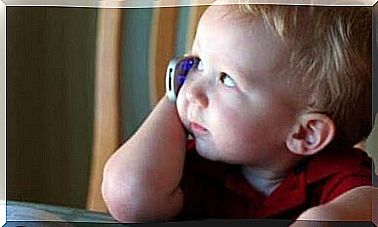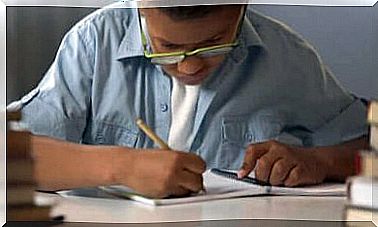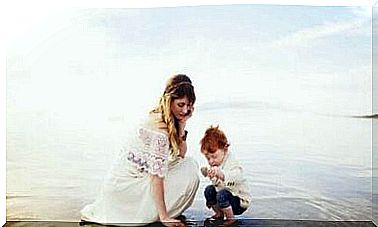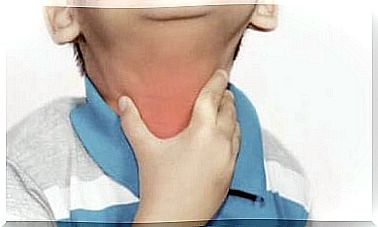5 Activities To Explore Tactile Stimulation For Children
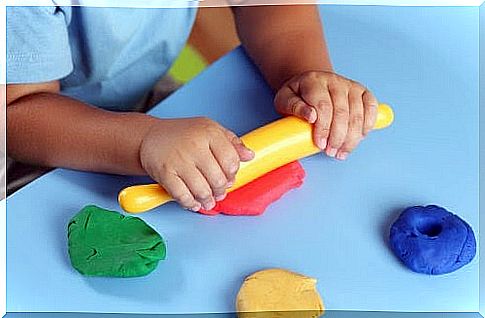
Tactile stimulation is essential from an early age for children. Experiencing and understanding the different senses (sight, hearing, smell, taste and touch) is very important. The senses not only help children to explore their world but also to understand their environment and their own bodies.
Our experiences are the basis of all knowledge. Our learning depends on the sensations that surround us, on the sensations that our senses explore. When we stimulate these senses, we stimulate – in a way – structural growth of the brain.
The feeling is one of the most important senses. It is one of the first senses that man develops.
In this article, we will mainly focus on tactile stimulation – on touch and touch. We list here sensory activities for children that focus specifically on this type of stimulus.
5 activities to explore tactile stimulation for children
1. Blindbock
A good game to stimulate the senses consists of putting a blindfold on a child and asking him or her to look up his or her friends or siblings. When he finds them, the blindfolded child must identify the person without looking.
Another option is to let children look for objects. To do this, ask the child to touch objects he or she finds in the room and guess what they are.
We suggest you add new items without your children seeing them and letting them guess what they are. For example, you can take your children to an office and let them touch books, pencils, erasers, a desk lamp, and so on. Have them describe exactly what they feel and what they think they are touching.
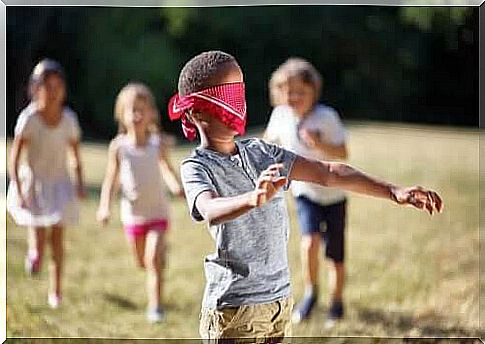
2. A texture box
As the name suggests, you can put together a box with different textures. You need a drawer where you can have small separate spaces. For example, you can put empty yogurt containers inside.
You can then fill each space with different objects. In addition to objects, you can also use things like rice (dry or boiled), oil, hot water, seeds, sand, etc. Then let your children explore the different structures with their hands.
3. Identify an item in a bag
Another way to explore tactile stimuli for children involves a bag full of various objects. Choose from a variety of objects that are easy to identify with the touch. For example, a comb, keys, blocks, balls, etc. Then ask the children to identify objects they find in the bag without looking.
Another way to play this game is to let a child describe one of the objects to the others in the group. Then the rest of the children should find the given object in the bag without looking. The idea is that they should touch the objects and then take out what best fits the description. You can also ask the children to put their hands in the bag, touch an object and describe it.
4. Play with shaving foam
This is the most complicated activity on our list from an organizational point of view. It’s about taking out several bowls and putting a little shaving foam in each one. Then mix a few different colored watercolors in each bowl to color the foam.
Then place a large sheet of paper on a table (paper from a roll is best). Ask the children to draw an object – an animal or a fruit for example. Then have them color their drawing with the colored shaving foam with their hands. This is a very fun activity to experiment with touch and sensations.

5. Trolldeg
Troll dough and modeling are materials that almost all children love. They can use these materials to create whatever they can think of and develop their imagination. In addition, it improves their concentration by offering them long-term and short-term goals.
Playing with modeling is not only fun, but is also relaxing and promotes focus and concentration. It is an excellent option to help children calm down after an outburst of rage or when they have been sad. It is also a great activity for children who are hyperactive.
Conclusion
With these simple activities, you give your children the opportunity to develop their ability to touch things and feel. Exploring and experiencing objects is a fundamental part of a child’s developmental process. Thus, the activities we have taken up are beneficial for all types of learning.

